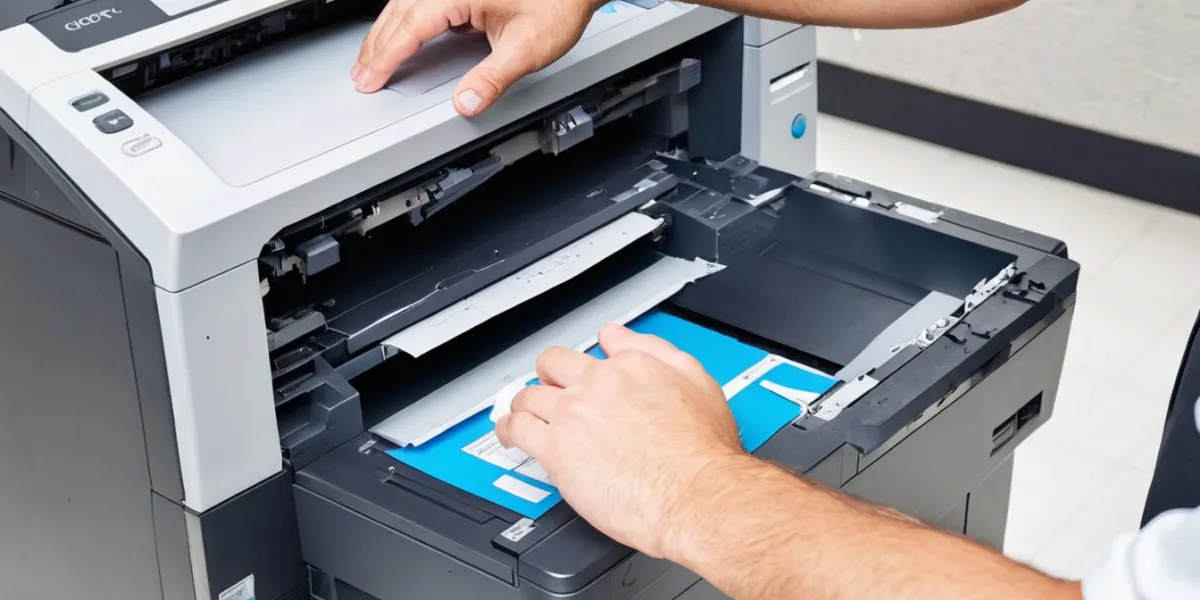Cracks in the Glass: What a Windscreen Incident Reveals About Business Infrastructure
In the daily operations of business, small inefficiencies are often ignored — until they evolve into bigger issues. Recently, I experienced a literal version of this: a minor crack in my car windscreen that, over the span of a few weeks, spread across my entire field of vision. What began as a barely visible flaw eventually forced me to stop and act.
To my surprise, the solution was straightforward. I engaged a car windscreen repair specialist recommended through a peer network. The process — from claim submission to onsite replacement — was handled swiftly and professionally, with minimal disruption. The efficiency, clarity, and service reminded me of something we often overlook in business: the cost of delaying foundational fixes.
Delayed Response to Small Failures Is a Business Risk
In business environments, small cracks can exist in many forms: an underperforming system, a misaligned SOP, or a vendor relationship that no longer delivers value. Often, these issues are tolerated for the sake of convenience or because “it still works — for now.”
But delay comes at a cost. In my case, it was a compromised view of the road. In business, it could be a compromised view of your customers, your data, or your strategy. Waiting until problems escalate limits decision-making, affects morale, and undermines operational stability.
Timely action — even for minor flaws — reinforces resilience. It prevents further damage. And most importantly, it signals to internal and external stakeholders that the organisation is proactive, not reactive.
Infrastructure Is Not Just Physical — It’s Trust
What stood out in my windscreen repair experience was not just the speed, but the clarity and trust embedded in the service. I didn’t have to chase for updates. There were no hidden costs. Every step was explained. It was seamless — and rare.
In B2B environments, the same expectations now apply. Whether it’s logistics, procurement, or customer experience, businesses are increasingly evaluated on how frictionless their infrastructure feels to partners and clients. Efficiency isn’t only about performance — it’s about predictability and confidence.
Final Thought
Just like a small chip in a windscreen, operational cracks may start out minor — but left unchecked, they risk compromising the entire view. In a time where markets are demanding more transparency, responsiveness, and reliability, addressing inefficiencies early is no longer a best practice. It’s a baseline.

